|
It's 1928 Hollywood, and hotshot Russian émigré director Leo Andreyev can't seem to find the right man to play a General in his epic new film about the 1917 Russian revolution. It's then that he stumbles on a photo of one Sergius Alexander, a would-be bit player who claims to have once been a General in the Russian Imperial Army. He appears to be just the face that Leo is looking for, but Sergius is now a shell of the man that he presumably once was, dazed, constantly trembling and all at sea in the bustling and aggressive world of the Hollywood extra. As he sits in his allotted spot and unsteadily attempts to apply his makeup, his mind drifts back ten years to the time when he was Commanding General of the Russian Armies, and he recalls how he fell for beautiful revolutionary Natalie Dabrova.
I was interested to hear the venerable Tony Rayns claim in an interview on this very disc that in his native Germany, films starring revered German actor Emil Jannings were regarded almost as a genre in their own right, characterised by stories in which the actor would spend a sizeable portion of the film suffering pain, humiliation, defeat and despair. You'll find no better example of this unusual specialisation than F.W. Murnau's 1924 masterpiece Der letzte Mann, in which Jannings plays a proud doorman at a plush hotel who loses his beloved job and his status within his own community due to a hopeless misreading of a short moment of tiredness by his judgemental boss.
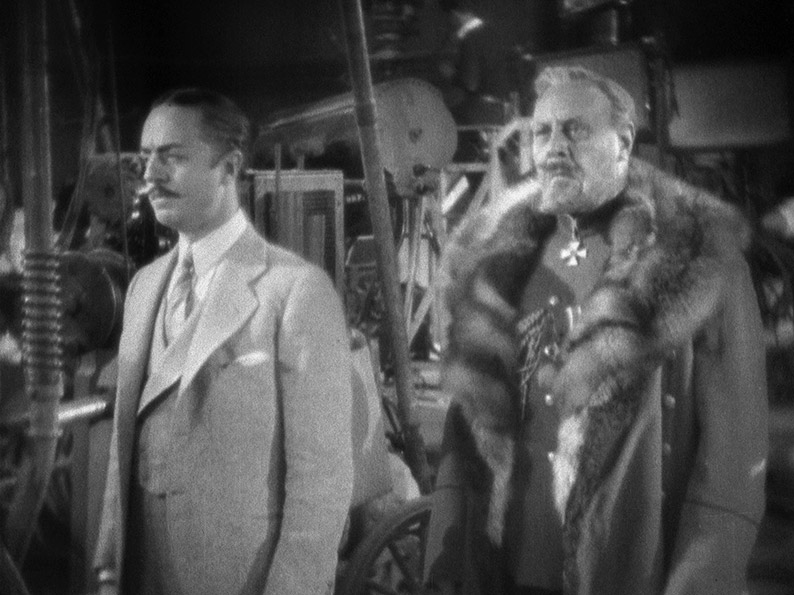
It's a similar story in the 1929 The Last Command, as the confident and revered General Sergius Alexander eventually falls victim to the Bolshevik revolution and is derided and humiliated by a boisterous crowd whose members collectively despise him for what he represents. The difference here is that this downfall is signposted from an early stage, as Sergius is pushed about, mocked and bullied by his fellow extras and studio staff alike, but is too traumatised to respond with anything but fearful bemusement. By the time we hop back to his glory days as his country's most revered military leader, it's clear that his days of relative happiness are numbered, a realisation brought home when the very same Leo Alexander for whom he will later work is arrested and assaulted by Sergius for his revolutionary leanings.
Being a Hollywood movie, albeit an early feature from the great Josef von Sternberg, something as complex as the Russian revolution is stripped down to a few bite-sized basics against which the personal drama can unfold. Thus the officer class is shown to lead a pampered life, the post-uprising revolutionaries come across as a drunken mob, the likes of Trotsky and Stalin are dismissively captioned as "a group of obscure people," and commitment to an ideal can be swayed by little more than a brief display of selfless patriotism or a rousing speech. Natalie in particular appears to lack true commitment to the cause – dubbed early on "the most dangerous revolutionist in Russia," she finds that she is unable to shoot Sergius when the opportunity arises because she's moved by how much he seems to love his country, and a short while later has fallen head over heels in love with the man.
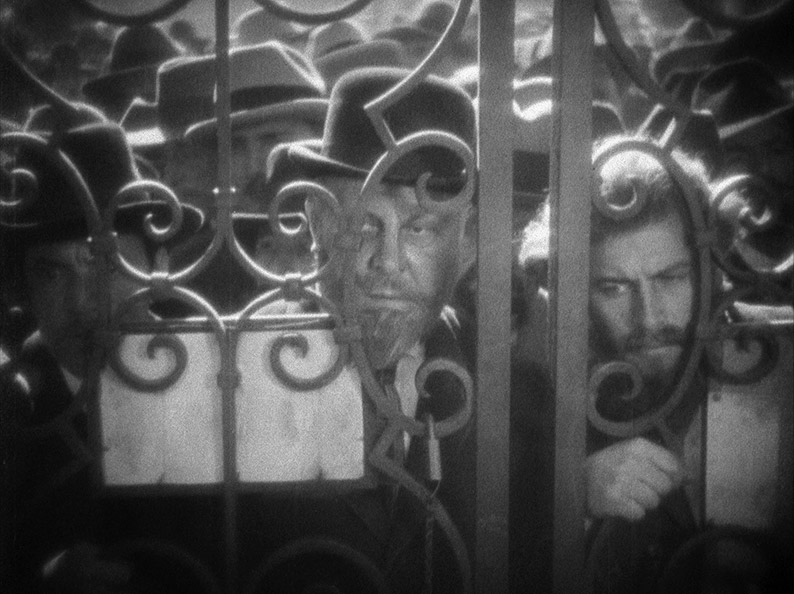
But von Sternberg also paints an unexpectedly critical picture of the Hollywood in which he was then working. As hundreds of extras crowd the studio gates clamouring for work, their plight neatly captioned as "The Bread Line of Hollywood," they provide an uncanny foretaste of the Great Depression that was just around the corner and the impact it would have on the American working man. Once hired, however, the extras prove to be a self-absorbed and heartless bunch, aggressively pushing their way through the throng, complaining loudly at Sergius's "distracting" trembling, and mercilessly mocking his claim that the medal he produces was given to him by the Czar. The studio workers tasked with providing the extras with props and costumes appear to be no better, a consistently sour bunch, each of whom resentfully hurl the requested materials at the next in line with looks of undisguised contempt. One can't help but hope that the extras who worked on Sternberg's film were a little more genial and the crew a little happier.
While the relationship between Sergius and Natalie is initially intriguing – you can see Natalie is planning something, but you're never sure quite what or just when she will put whatever plan she has into action – it later proves a lot more moving than Natalie's emotion driven side-switch might lead you to expect. Confident direction and strong performances really help here. Jannings is as impressive as ever as Sergius in a role that helped to bag him the very first Best Actor Oscar, Evelyn Brent is effectively mysterious as Natalie, and a young William Powell is nicely naturalistic as revolutionary turned Hollywood director Leo Andreyev.
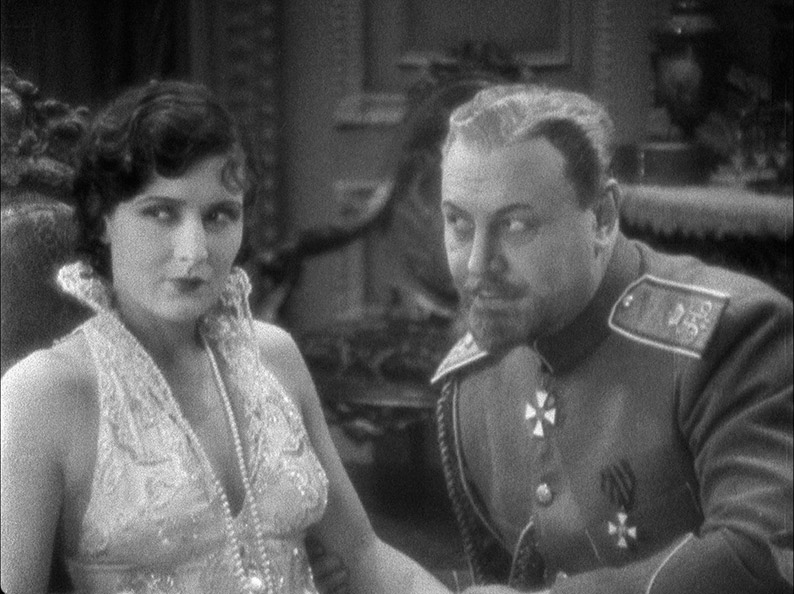
But it's the film studio bookends that ultimately make The Last Command such a fascinating work, as the humiliation Sergius suffers at the hand of the revolutionaries is directly paralleled by his experience in Hollywood, where command roles are reversed and this once important man is jostled and mocked by a mob for whom the pursuit of a pay cheque has supplanted idealistic dreams of a Republic. I also have little doubt that there's a small but thematically interesting essay to be written on the making of a film about the Russian revolution taking place within a film partially set in the Russian revolution, and the fact that both this film and the film-within-a-film are directed by up-and-coming émigré filmmakers.
That the politics and background of the revolution play next to no part here and history and personal relationships are over-simplified is hardly surprising – this is, after all, a Hollywood studio production from a period where major historical events served primarily as a background to personal drama (like that's changed). But it's still an ambitious and handsomely realised work built around a superb central performance and boats a share of visually striking moments – the rapid pan from Natalie pointing a gun at Sergius's back to reframe her in a mirror as if directly facing him is notable highlight. And by framing the backstory within the Hollywood studio bookends, Sternberg imbues what could otherwise have been a relatively straightforward tale of love and loss with an impressive and richly satisfying degree of depth and emotional resonance.
It seems clear that The Last Command has undergone a degree of restoration for this transfer, as evidenced by the stability of the image in frame – there's very little of the picture jitter we used to have to live with when watching silent films in pre-digital days. Entire sequences are also largely free of dust spots and scratches. Elsewhere, however, there are scenes where small but sometimes busy collections of scratches still remain, and, I would venture, should be hard to remove without compromising the image detail in some way. Picture flicker is almost constantly present, not in an overly distracting manner, but again this can vary in intensity from scene to scene. Within these restrictions the transfer is very pleasing, boasting a well balanced and consistent contrast and, when the condition of the original material allows, a very good level of picture detail. The framing is the original 1.33:1, and the transfer is 1080p at 24fps.
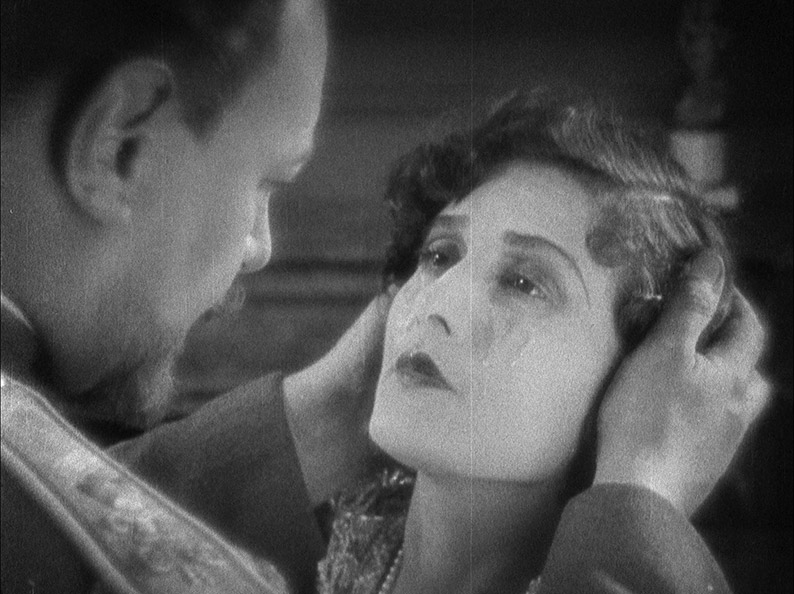
The Linear PCM 48khz, 24 bit stereo soundtrack features an organ driven score by the wonderfully named Gaylord Carter, which matches the onscreen action well and deftly incorporates small snippets of Tchaikovsky's 1812 Overture. The sound quality is, as you would hope, excellent.
Tony Rayns (27:06)
The always enjoyable and learned Mr Rayns provides some useful background on Josef von Sternberg's background and early films, before moving on to Emil Jannings and The Last Command, which he claims is the first feature to focus on the world of the Hollywood bit player.
Sternberg till '29 (34:59)
Licensed from the Criterion 3-disc DVD set 3 Silent Classics by Josef von Sternberg, this visual essay by film scholar Tag Gallagher provides some detailed information on von Sternberg's background, then takes a scholarly, almost film school look at the three films in the Criterion set, one of which, of course, was The Last Command. Illustrated with stills and film clips (and even von Sternberg paintings), it does enjoy finding connecting threads between the three films in the Criterion set – Underworld (1927), The Last Command (1928) and The Docks of New York (1928) – and unless you've seen them all it's easy to feel just a little shut out of the discussion. There's interesting stuff here, nonetheless.
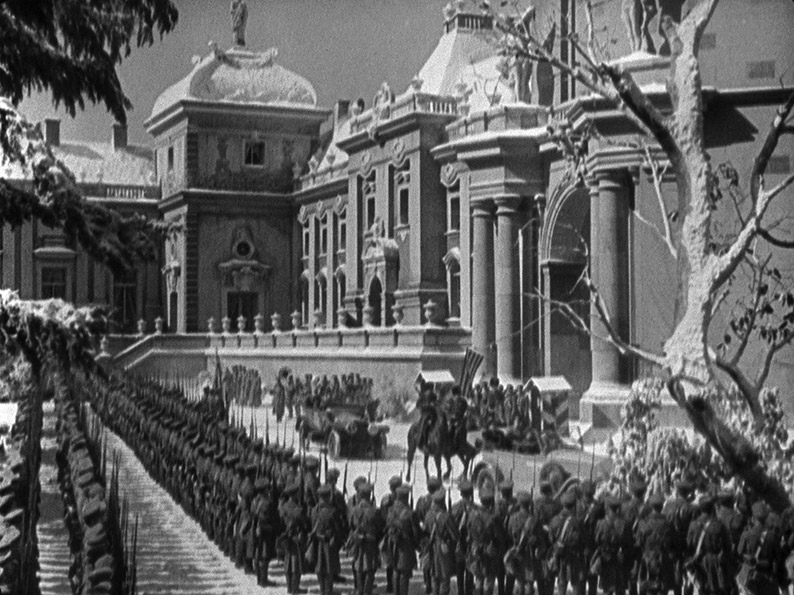
Booklet
Rather than include a new essay on the film, Eureka have chosen to fill this 32-page booklet with archive material, something I particularly welcome, as it's always interesting to see how a film of any real vintage was perceived and received at the time of its release. The most recent piece comes first, an excerpt from the wonderfully titled Fun in a Chinese Laundry –Josef von Sternberg's 1965 account of his Hollywood years – that looks at the making of The Last Command, with particular focus on his work with Emil Jannings. This is followed by two 1928 reviews, while the author of the second of these, Lionel Collier, also contributes a 1929 essay about Emil Jannings titled Something in the Herr (ha ha). Rounding things off are credits for the film and the usual notes on viewing for those who still don't understand aspect ratios.
A handsomely directed, impressively photographed (by Bert Glennon, whose later credits include Stagecoach, Rio Grande and House of Wax) and captivatingly performed drama whose large scale action never overwhelms the (admittedly downbeat) personal drama, and whose dual timeline structure is peppered with thematic, stylistic and emotional rewards. The transfer here is likely as good as you'll see the film looking, the organ soundtrack compliments the images wonderfully, and the extra features are nicely targeted. Recommended.
|